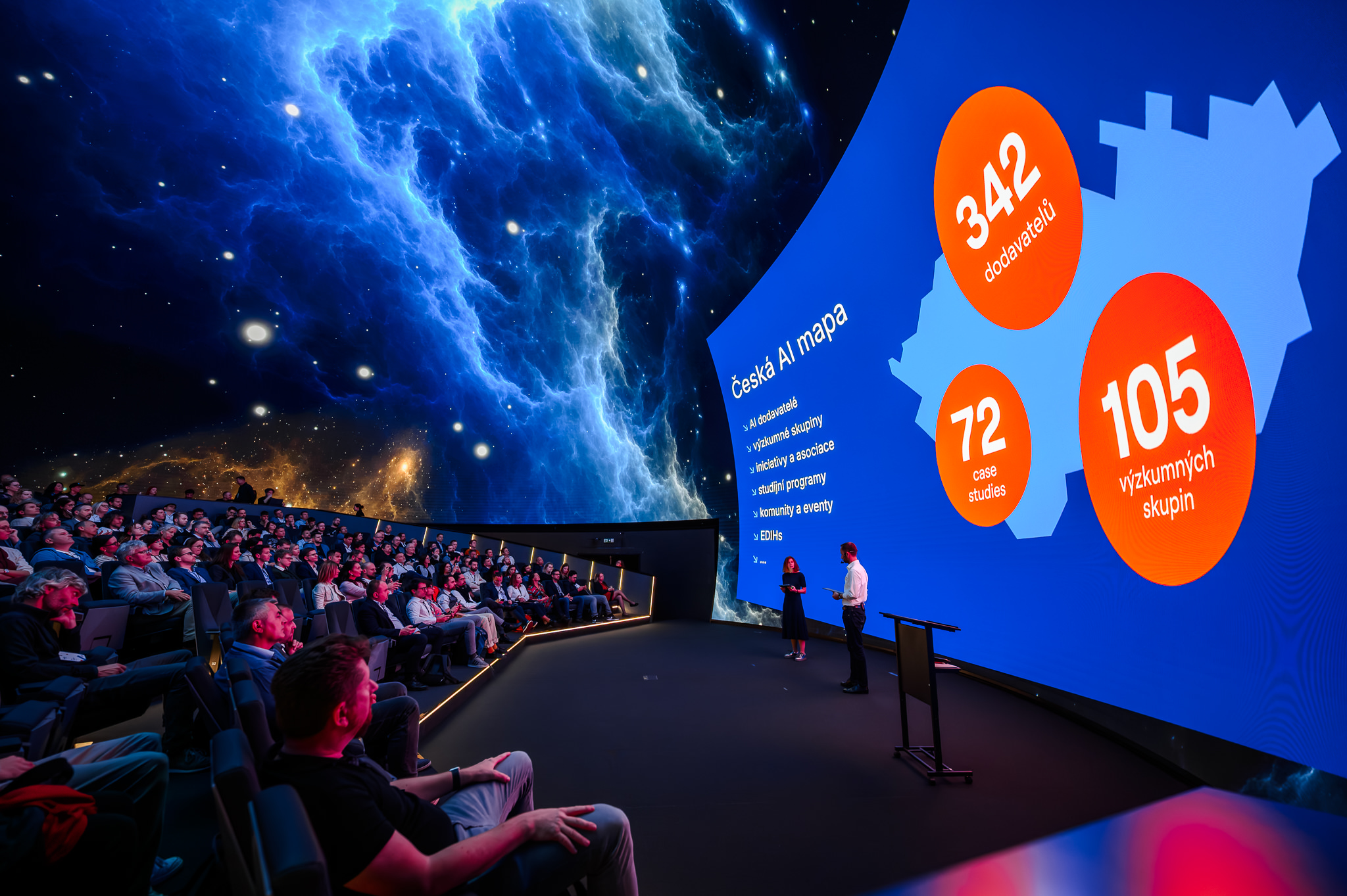Thoughts on the risks of inspiring public imagination triggered by the film In Silico.
In 2009 during his TED Talk presentation A brain in a supercomputer, the scientist Henry Markram stated that the mysteries of the mind can be solved and that in 10 years we could model all the brain's 100,000,000,000,000 synapses on a supercomputer. In 2013, the project received additional funding of 1 billion Euros and a few months later, an open letter signed by 750 European researchers was sent to the European Commission criticizing the project and the narrow allocation of the research funds.
Human brain project
Now, a part of the struggle to figure out the human brain can be seen in the new documentary film In Silico (2020) directed by Noah Hutton. The shooting of the film started in 2009, shortly after Markram's TED Talk, and followed the Switzerland based Blue Brain Project (and later Human Brain Project) for more than a decade. The film is unique in how it reveals gradually growing skepticism of the filmmaker towards the ambitious science project. We also get to see behind the curtains of scientific PR when artists are hired to create fancy visualizations for brain models that seem to be nowhere near to actual scientific completion.
In an unusually open and sincere debate between the director Noah Hutton and Eilif Muller, one of the scientists formerly involved in the project, Muller in defense stresses out the inherent risk and uncertainty when it comes to fundamental research while the filmmaker admits: "To be honest, if Henry Markram said that his plan is to model a part of neocortex sheath of rat's brain, I probably wouldn't be inspired enough to make a film about it."
This exchange illustrates how different stakeholders, scientists and filmmakers, are incentivized to talk big. Not only that the scientists are in a prisoner's dilemma where they compete with each other for grant committee's finite attention and resources, the whole infinite dream race gets much accelerated when the topic is picked up by the media which spins it in an even faster loop.
Our culture thrives on representation and the attention cycles when something gets invented, augmented, marketed and consumed get increasingly shorter. Especially the marketing part accelerates rapidly as we have new innovations in communication technologies - such as cheap and high quality cameras, accessible editing software and an online ecosystem where everyone can publish and potentially become popular. This ecosystem then creates constant pressure to stage and promise wildly in many parts of our lives - from taking a selfie for a dating app, writing a news headline to something as complex as drafting a research proposal.
A way out of symbolic singularity
With this much creative accessibility there seems to be a runaway trend in creating fancy representations, leaving the slow reality behind. Making any attempts for explainability of research is much harder by every innovation cycle. And while the technological singularity itself might also be wishful thinking, a symbolic singularity where perceived symbols trigger cascades of dreams and hallucinations that inspire new symbols seems more likely.
There is no clear solution, but a good start would be seriously rethinking the incentive structure of proposing new ideas. Which is easier said than done if we take into account that the pressure to promise big comes from many sides. In this perspective, In Silico is a good and rare contribution to the nearly missing public debate. Hopefully, the film can act as a cautionary tale of where overpromise can lead to not only for those who create and try to survive, be it innovators, marketers or artists, but also for the audiences who (in)directly create such demand.
The entire film In Silico is available for free until the end of May as a part of the AFO festival online program.





